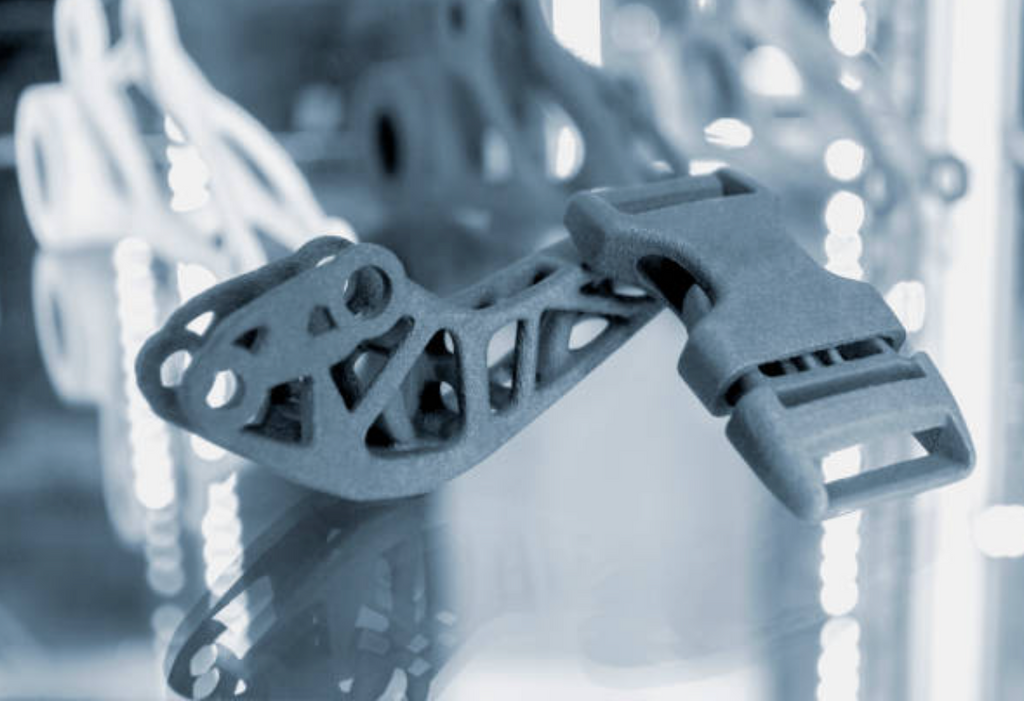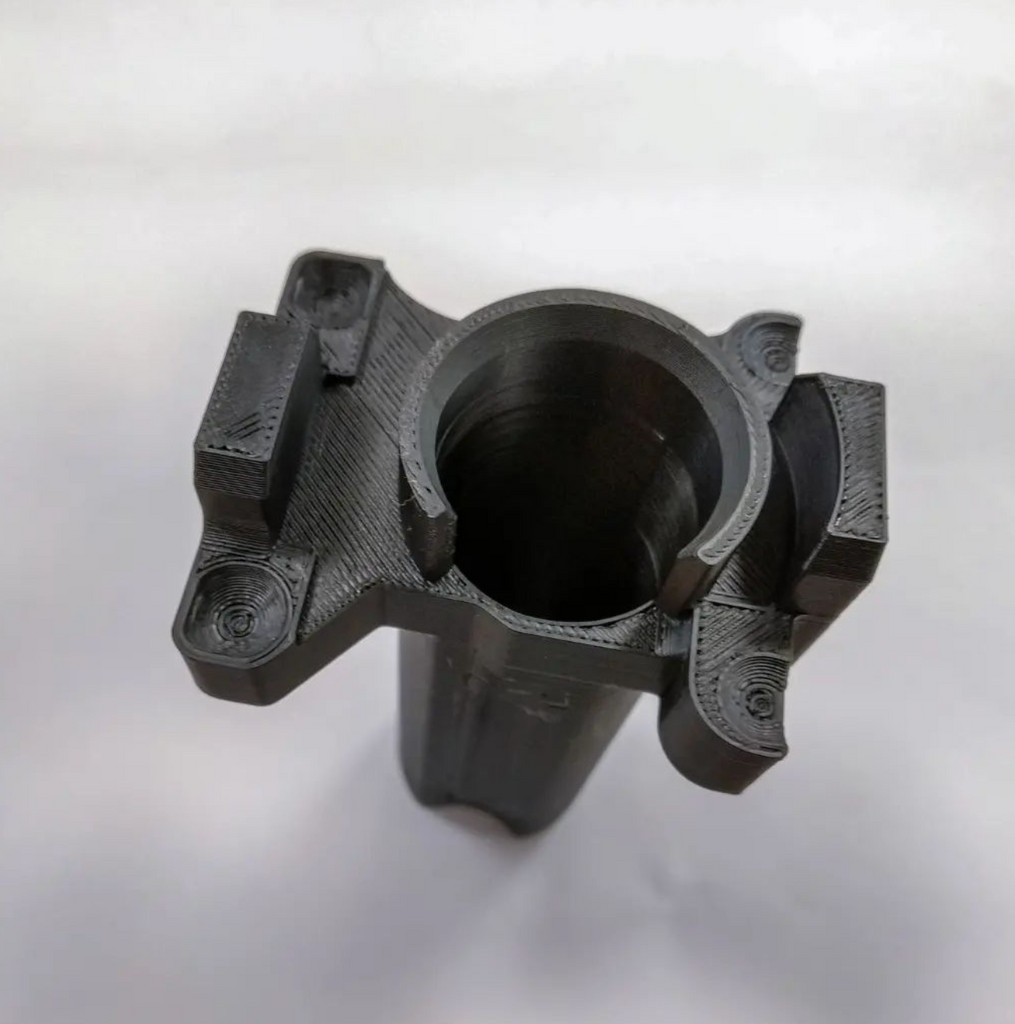The manufacturing industry has seen significant changes in recent years, thanks in large part to the rise of 3D printing technology. 3D printing, also known as additive manufacturing, is a process of creating three-dimensional objects by layering materials on top of each other. This technology has had a profound impact on the manufacturing industry, affecting everything from product design to supply chain management.
Here are some of the ways that 3D printing has impacted the manufacturing industry:
- Faster Prototyping
Traditionally, creating a prototype of a new product would take weeks or even months, as engineers and designers would have to create detailed blueprints and then produce a physical prototype using traditional manufacturing methods. With 3D printing, however, the process can be much faster and more efficient. Using a 3D printer, designers can create a physical prototype of a new product in just a few hours, allowing them to test and refine their designs much more quickly.
This faster prototyping process can be especially valuable for small businesses and startups that may not have the resources to invest in traditional manufacturing methods. By using 3D printing to create prototypes, these businesses can quickly test and refine their products, potentially saving time and money in the long run.

- Customization and Personalization
Another major impact of 3D printing on the manufacturing industry has been the ability to create customized and personalized products. With traditional manufacturing methods, creating custom products can be expensive and time-consuming, as each product would need to be individually produced. With 3D printing, however, custom products can be produced quickly and affordably, as the process is largely automated.
This ability to create customized products has opened up new opportunities for businesses, especially in industries such as fashion and jewelry where personalization is highly valued. For example, 3D printing has made it possible to create custom-fit shoes or jewelry pieces that are tailored to a customer's specific measurements.
- Reduced Waste
Traditional manufacturing methods often involve a significant amount of waste, as excess materials are often discarded during the production process. With 3D printing, however, waste can be significantly reduced, as the process only uses the amount of material necessary to create the final product. This can result in significant cost savings, as well as environmental benefits.
In addition, 3D printing can make it easier to recycle materials, as it is possible to reuse materials from previous 3D prints. This closed-loop manufacturing process can further reduce waste and help businesses operate in a more sustainable way.
- Improved Supply Chain Management
One of the biggest challenges in the manufacturing industry is managing the supply chain, which involves coordinating the production and delivery of materials and products from suppliers to manufacturers and ultimately to customers. 3D printing has the potential to simplify and streamline this process, as it is possible to produce products on demand using 3D printing technology.
This "just-in-time" manufacturing process can reduce the need for large inventories of products, as products can be produced as needed. This can help businesses save on storage and inventory costs, as well as reduce the risk of products becoming obsolete before they are sold.

- Greater Design Freedom
With traditional manufacturing methods, there are often limitations on the design of a product due to the constraints of the manufacturing process. With 3D printing, however, designers have much greater freedom to create complex and intricate designs, as the process is not limited by traditional manufacturing constraints.
This greater design freedom can lead to more innovative and creative products, as designers are not limited by the traditional manufacturing process. This can also lead to greater differentiation in the market, as businesses can offer unique products that cannot be replicated using traditional manufacturing methods.
- New Business Models
One of the most exciting aspects of 3D printing is the potential to create new business models that were previously not possible. For example, 3D printing has enabled the rise of "distributed manufacturing," where products can be produced on-demand in local markets, rather than being produced in a central location and shipped to various markets.
This distributed manufacturing model can reduce shipping costs and lead times, as products can be produced closer to where they are needed. It can also enable businesses to produce highly customized products that are tailored to local markets, without the need for large inventories or expensive distribution networks.
- Improved Product Quality
Because 3D printing allows for highly precise and intricate designs, it can lead to improved product quality. With traditional manufacturing methods, it can be difficult to produce highly detailed or complex products without introducing defects or imperfections. With 3D printing, however, it is possible to create highly detailed and precise products without introducing defects or imperfections.
This improved product quality can lead to greater customer satisfaction and loyalty, as customers are more likely to purchase products that meet their exact needs and specifications.

- Lower Production Costs
While 3D printing technology can require a significant upfront investment, it can ultimately lead to lower production costs over time. This is because 3D printing eliminates many of the costs associated with traditional manufacturing methods, such as the need for expensive molds or tooling.
In addition, 3D printing can enable businesses to produce smaller quantities of products, which can be especially valuable for niche markets or for testing new products. This can reduce the risk of overproduction and waste, as products can be produced as needed.
- Greater Innovation
Finally, 3D printing has the potential to drive greater innovation in the manufacturing industry. Because the technology is so flexible and adaptable, it can enable businesses to experiment with new materials, designs, and production methods that were previously not possible. This can lead to the creation of new products and services that are more efficient, sustainable, and cost-effective.
Overall, the impact of 3D printing on the manufacturing industry is significant and far-reaching. From faster prototyping and customization to reduced waste and improved supply chain management, 3D printing has transformed the way that products are designed, manufactured, and distributed. While the technology is still relatively new, it is already clear that it has the potential to revolutionize the manufacturing industry in the years to come. Businesses that are able to embrace this technology and adapt their operations accordingly will be well-positioned to succeed in the rapidly-evolving manufacturing landscape.

